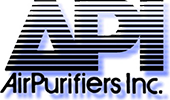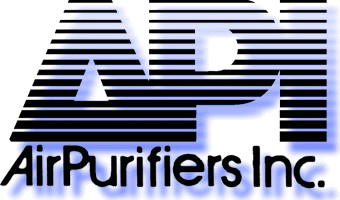Filtration Airflow: Too Much of a Good Thing?
CNC plasma cutting machines are used extensively in metalworking. They give manufacturers the ability to quickly, accurately and repeatedly cut complex shapes out of metal sheets, ranging in thickness from a quarter to several inches. A high energy plasma cutting torch will generate significant volumes of metal debris, with some of the fine particles capable of becoming airborne. At the same time, an oily smoke plume is also created; these contaminants need to be captured to keep the workspace clean.
The solution to this dust and smoke generation is to cut on top of a downdraft table with a large external fan extracting air during the cutting process. Heavy particulates will fall directly into waste containers under the table, while the fine particulates and smoke will be drawn through the duct work to the fan. A cartridge style dust collector is installed directly before the fan to capture these contaminants.
Proper airflow control is required to match the dust collector and plasma table performance. If there is too little airflow, not all of the smoke will be captured, resulting in a fog-filled room. Excess airflow can be an issue as it decreases spark trap performance and can cause particles to deeply embed into the filter media, making them resist pulse cleaning, and ultimately shortening filter life.

Challenge
With new and clean filters, the fan will deliver too muchflow. This initial high air-to-media ratio decreases filterlife and increases pressure. In this installation, initialtesting showed duct velocities of more than 4,500 fpmand 3,500 fpm was the target rate for this application.The dust collector has an adjustable damper to restrictairflow, however, there is not a way for the plant to knowthe airflow rate. Another option to an adjustable damperis a motor with a variable frequency drive. In addition, overtime the filters will build up pressure drop reducing airflow.
Solution
A series of duct traverses were carried out using a Flukedigital airflow meter and pitot tube. Drag forces causethe air at the wall of the duct to flow slower than the airin the middle. A traverse is a test method that createsa flow profile of the ductwork and determines theaverage velocity. Samples were taken at 4 points in theduct, starting at the centerline and working to the wall;with 1 set traversing horizontally and 1 vertically (8 datapoints overall). The test was repeated 5 times, with thefan damper being incrementally closed each time. Staticpressure in the duct is also recorded.
Benefits
Using this data, we were able to create a table thatindicated the Air Velocity, Air Volume and Static Pressurefor each setting of the fan damper. It was quickly noted theunrestricted air velocity was much higher than required.Adjusting the damper to position #3, they were able tobring the velocity down to 3,800 fpm, which will improvefilter life and decrease motor energy requirements.Over time, as the dust collector filters become fouled, theywill simply open the damper by one position, restoring theairflow to the target range.


